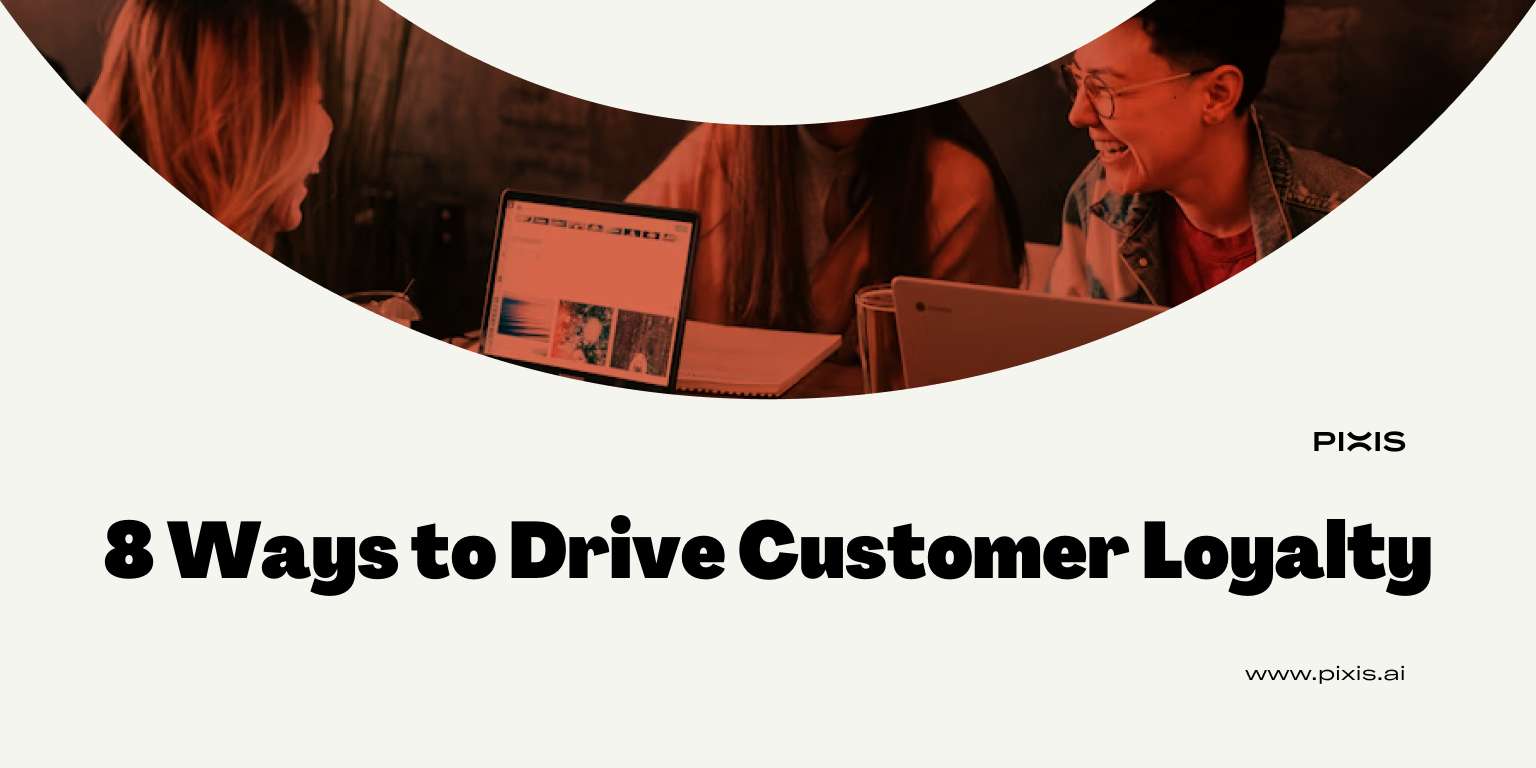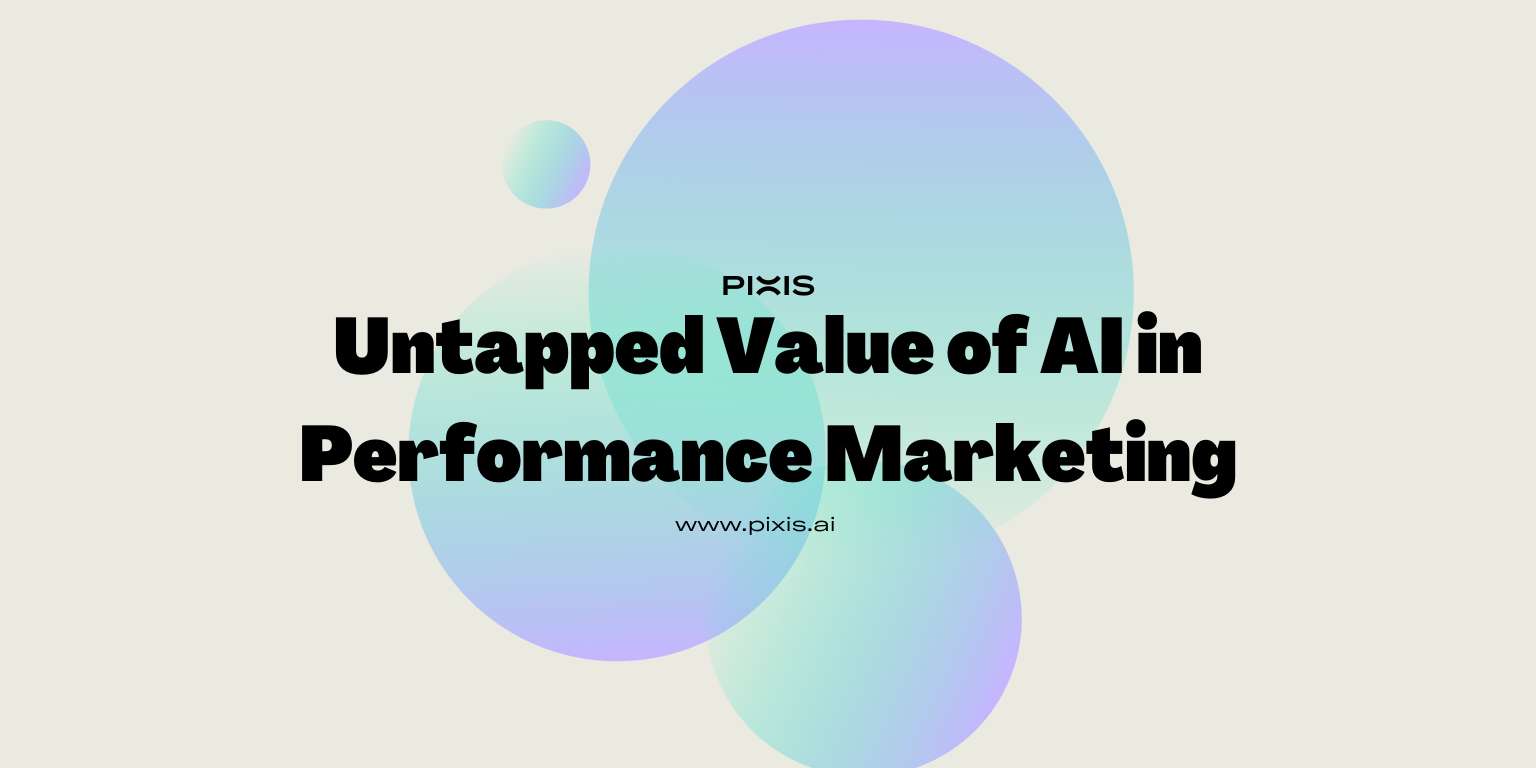The Cons of AI in Digital Marketing: Navigating the Challenges

While AI offers the potential to improve personalization, streamline operations, and dive deep into customer analytics, it's important to consider the cons of AI in digital marketing. The promises of increased efficiency and scalability are certainly appealing, but they come with potential downsides. By staying informed about these potential pitfalls, we can make smarter decisions about weaving AI into our digital marketing efforts—using its strengths while keeping an eye on the risks.
Ethical Concerns in AI for Digital Marketing
Ethical concerns surrounding AI in digital marketing can impact businesses and consumers, starting with data privacy.
Data Privacy Issues
Data privacy is a major concern when deploying AI systems. Many AI technologies rely on heaps of personal data, and if that data isn't managed properly, we face significant risks, highlighting the need for legal protections for AI users. Remember the Cambridge Analytica scandal? Personal data from millions of Facebook users was harvested without consent and used for political campaigns. Then there's Clearview AI, known for its facial recognition technology. They scraped billions of images from social media sites without explicit user consent, leading to legal challenges and public outcry over privacy violations. These examples highlight why companies need to prioritize user privacy and put strong data protection protocols in place to prevent breaches and misuse.
Bias in AI Algorithms
Bias in AI algorithms is another significant issue that can also impact marketing. If these systems are trained on data that reflects existing societal biases, they can end up perpetuating harmful stereotypes. In marketing, bias can sneak in when AI targets advertisements, unintentionally excluding certain demographic groups or reinforcing stereotypes. Addressing this challenge means ensuring our datasets are diverse and representative, and continuously auditing our AI models to mitigate bias.
Transparency Challenges
The "black box" nature of many AI models presents significant transparency challenges in digital marketing. It's often tough to understand how these systems make decisions, which can lead to mistrust among consumers and make it harder to spot and fix biases or errors. Regulations like the GDPR in the European Union emphasize the need for transparency in automated decision-making, insisting that individuals should understand the logic behind AI-driven outcomes. Promoting transparent algorithms helps build trust and ensure accountability. However, developing explainable AI models that are easy for humans to interpret isn't a simple task.
Cost Implications of AI in Digital Marketing
Before diving into AI adoption, you need to consider the financial aspects as well as the uncertainties surrounding return on investment in the context of digital marketing.
Initial and Ongoing Costs
Implementing AI technology in marketing isn't just about the tech—it's also about the financial investment. The costs involved, both upfront and ongoing, can have a significant impact on a company's budget. The financial journey with AI starts with the initial setup, which includes purchasing or developing AI solutions tailored to your marketing needs. This often means investing in high-performance hardware and software to handle sophisticated algorithms. You might also need to integrate AI with your current systems, which can require further spending on adaptations and modifications. The expenses don't stop there. Maintaining AI systems involves regular software updates and ongoing support to keep up with technological advancements and security requirements. This includes licensing fees and the costs associated with IT professionals managing these updates. Additionally, since AI processes a large amount of data, you'll need scalable and secure data storage solutions. Moreover, balancing personalization and privacy adds to these complexities, as ensuring data protection measures while delivering personalized experiences can increase operational costs. There's also the need for skilled personnel to manage AI operations. Competition for AI specialists can drive up staffing expenses. Alternatively, training your existing team might be more cost-effective but still requires time and resources.
Return on Investment (ROI) Uncertainty
While AI offers promises of increased efficiency and personalized marketing strategies, there's often uncertainty around the return on investment (ROI). This uncertainty arises from several unpredictable factors inherent in AI technology and its application. AI's complexity means performance can vary based on how it's implemented and how it adapts over time. Since AI relies on robust data analysis and algorithm efficiency, it's tough to validate initial ROI projections without thorough testing and continuous optimization. Moreover, AI technologies evolve rapidly. What's cutting-edge today might be outdated tomorrow, so companies need to stay adaptable. Unforeseen challenges like integration issues, ethical concerns, or regulatory changes can make ROI calculations even trickier, making it hard to justify the initial investment without seeing tangible early returns. To help mitigate ROI uncertainty, businesses can use tools that estimate potential AI marketing spend savings.
Technological Limitations Affecting AI in Digital Marketing
While modern AI technology is impressive, it does have its limitations that can impact your advertising performance. AI models thrive on data. They rely heavily on large, high-quality datasets to perform at their best. If the data is inaccurate, AI systems can stumble, leading to inefficiencies and errors that hurt their predictive capabilities. This is especially true in digital marketing, where data-driven insights guide crucial decisions. Additionally, AI systems are designed to recognize patterns within the data they've been trained on. When they encounter new or unexpected scenarios that differ from past data, their performance can suffer.
Integration Challenges
Integrating AI into your marketing strategy isn't always seamless. Many traditional systems weren't designed with AI functionalities in mind, so transitions can get messy. Legacy systems might need significant upgrades or complete overhauls to handle AI capabilities—a process that can be costly and time-consuming. These disruptions might temporarily throw a wrench in marketing operations, affecting the performance and consistency of ongoing campaigns. To minimize these issues, detailed planning and close collaboration with IT teams will help you tackle compatibility hurdles and keep things running smoothly.
Staff Training and Adaptation Needs
Incorporating AI into your marketing processes isn't just about the technology—it's about the people using it. There's a real need for comprehensive staff training and adapting current workflows. AI introduces advanced analytics, automation, and predictive capabilities that many marketing teams aren't familiar with. Investing in training programs empowers your team to leverage AI tools effectively. This adaptation goes beyond just learning new tools; it involves rethinking marketing strategies and workflows to make the most of AI's benefits.
Job Displacement Concerns in Digital Marketing
The advent of AI in marketing has raised concerns about employment. AI's ability to automate routine tasks like data analysis, customer segmentation, and campaign management is changing many day-to-day business operations. Roles that focus on repetitive tasks, such as data entry or basic content creation, might be at risk as companies rely more on these technologies. However, this shift also opens doors for redefining and evolving marketing roles. Marketers now have the chance to embrace more strategic responsibilities, and use AI for deeper insights and boosted productivity. There's a growing demand for roles that use strategic thinking, creative development, and customer engagement—areas where human intuition and emotional intelligence are key. But with the rise of AI, there's a significant challenge: the risk of overreliance without proper human oversight. Leaning too heavily on AI can lead to problems, especially when there aren't enough skilled professionals to manage and interpret the outputs. This gap can result in misguided strategies when organizations trust AI without fully understanding its limitations.
Moving Forward With AI in Digital Marketing
AI has undeniably transformed digital marketing and business processes. However, the cons of AI in digital marketing cannot be overlooked. While it can automate tasks and streamline operations, there’s also a need for ample datasets and ongoing human oversight to ensure optimal performance and bring creativity where AI can't. Despite these hurdles, AI's transformative potential is immense. For businesses eager to tap into these advantages, solutions like Pixis open the door to exploring AI's full potential in advertising. When you try Pixis, you can experience firsthand how AI-driven tools can target just the right audience segments, optimize your campaign spend, and generate dynamic ad copy and visuals, resulting in an average 28% ROI boost.



